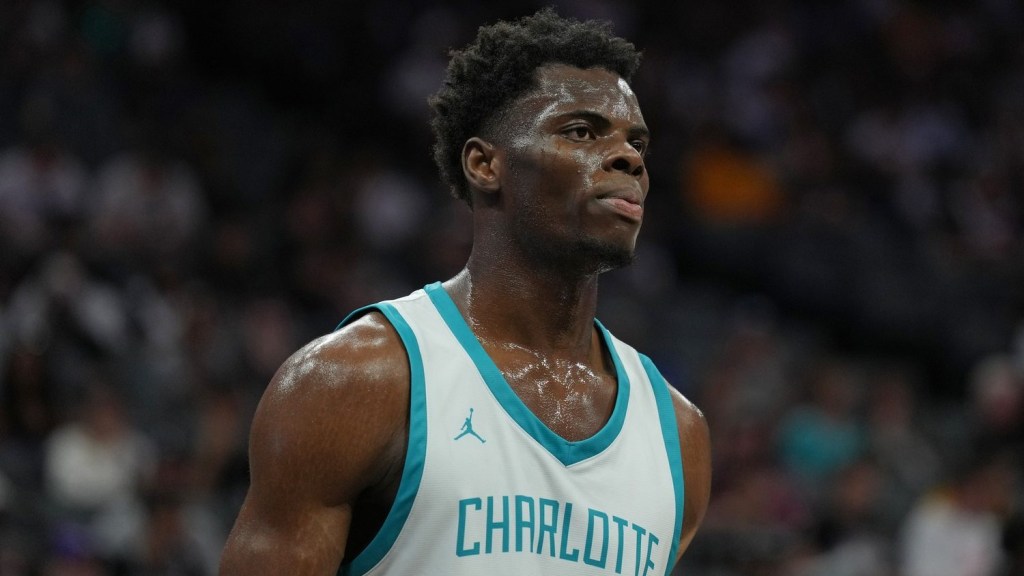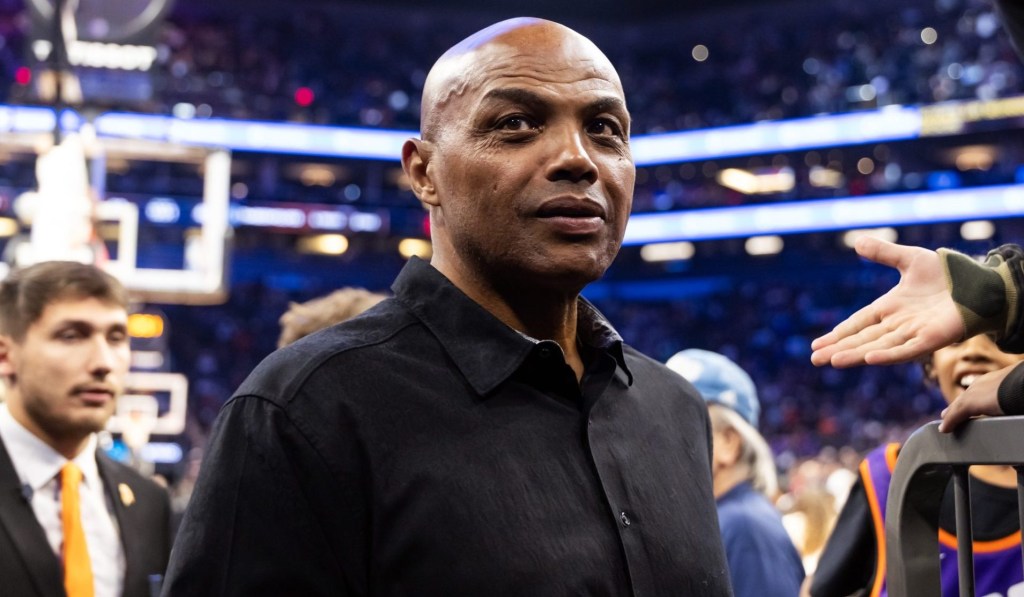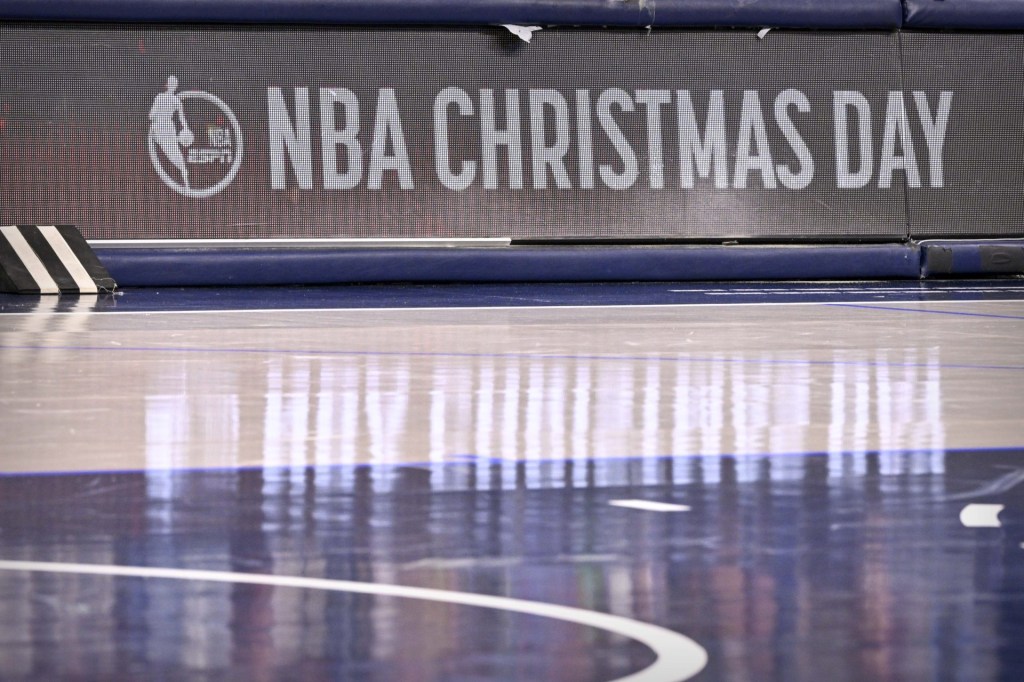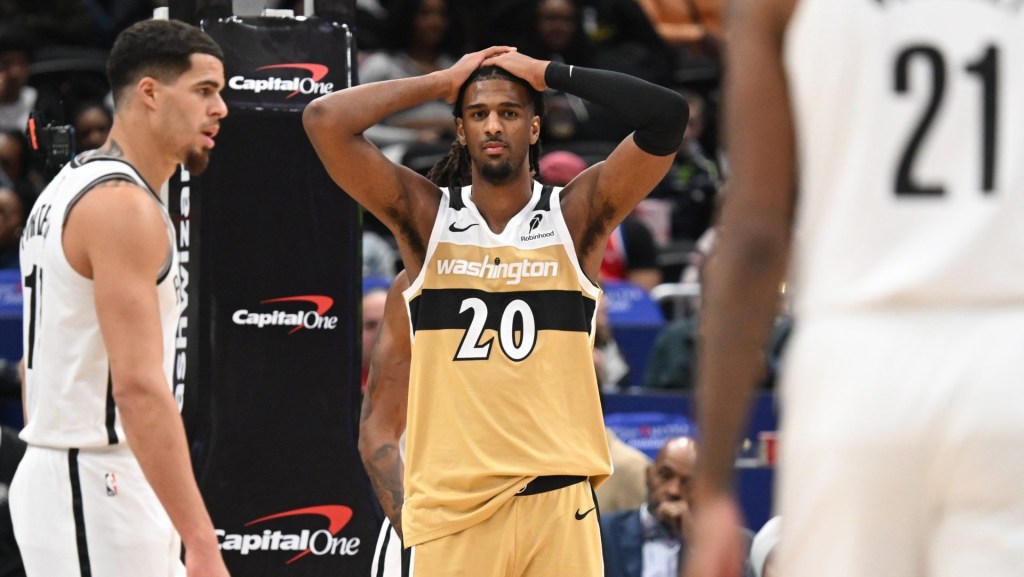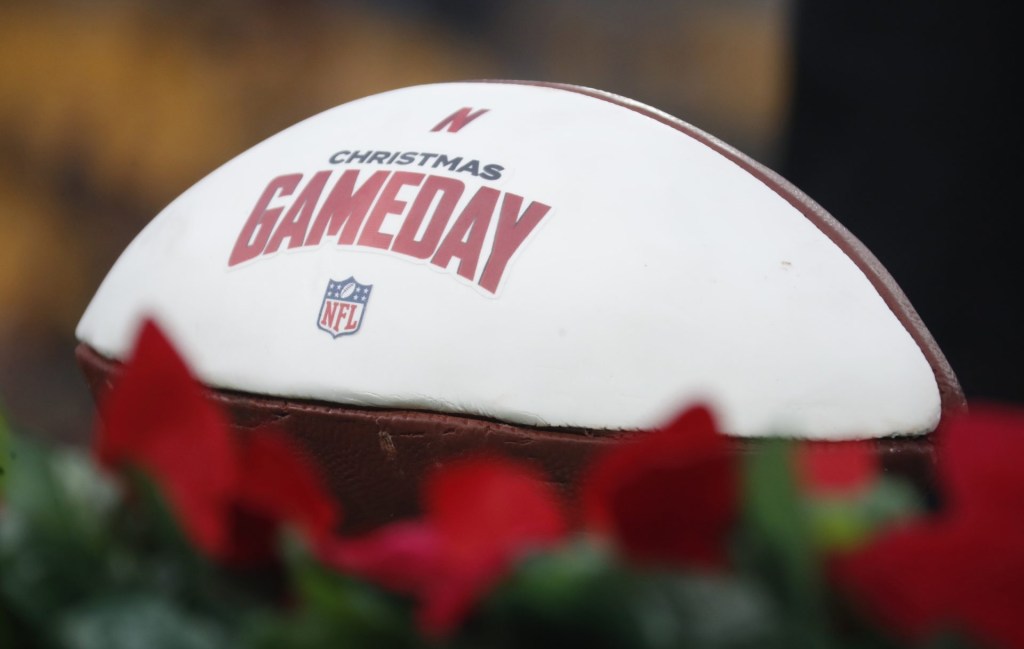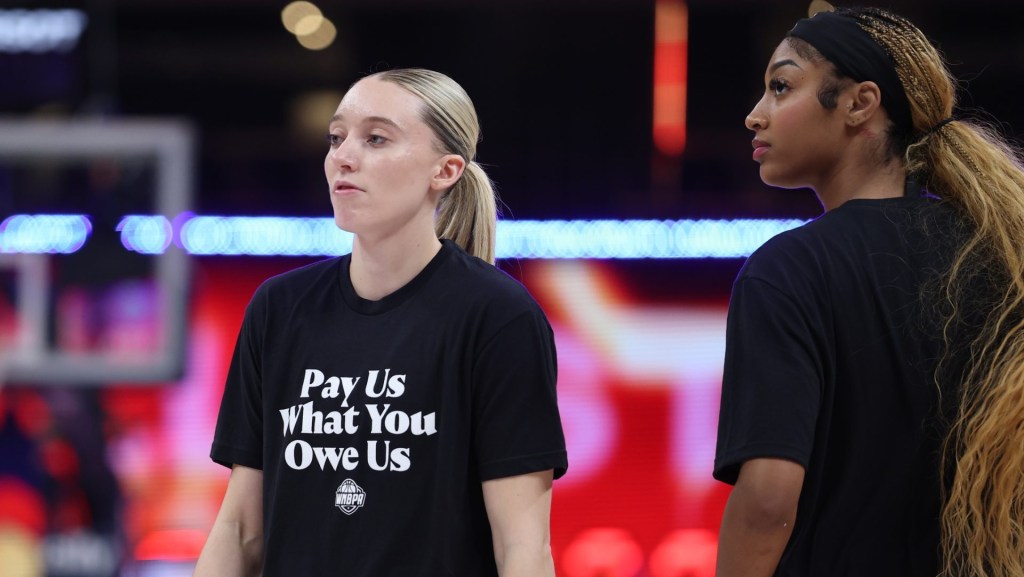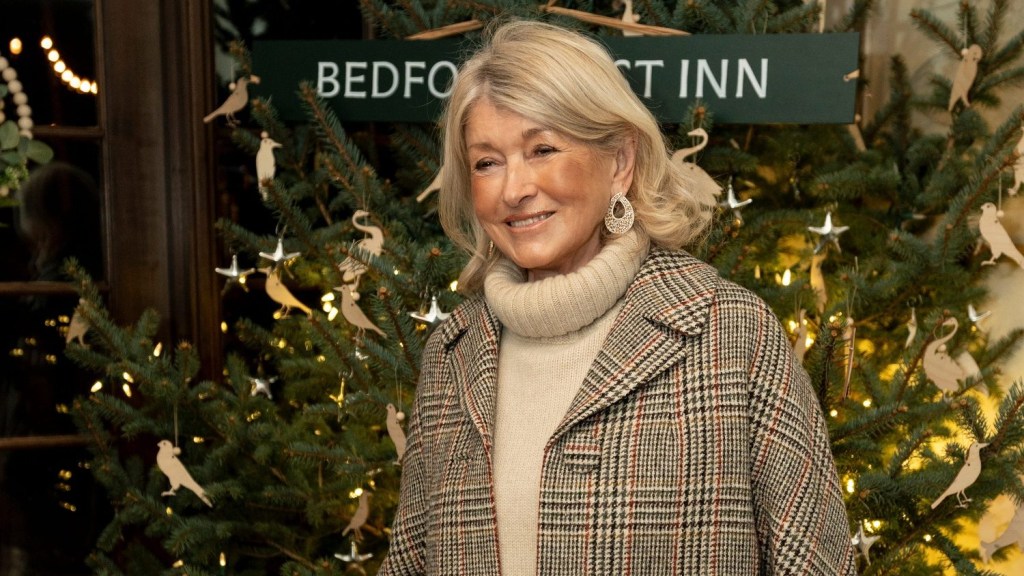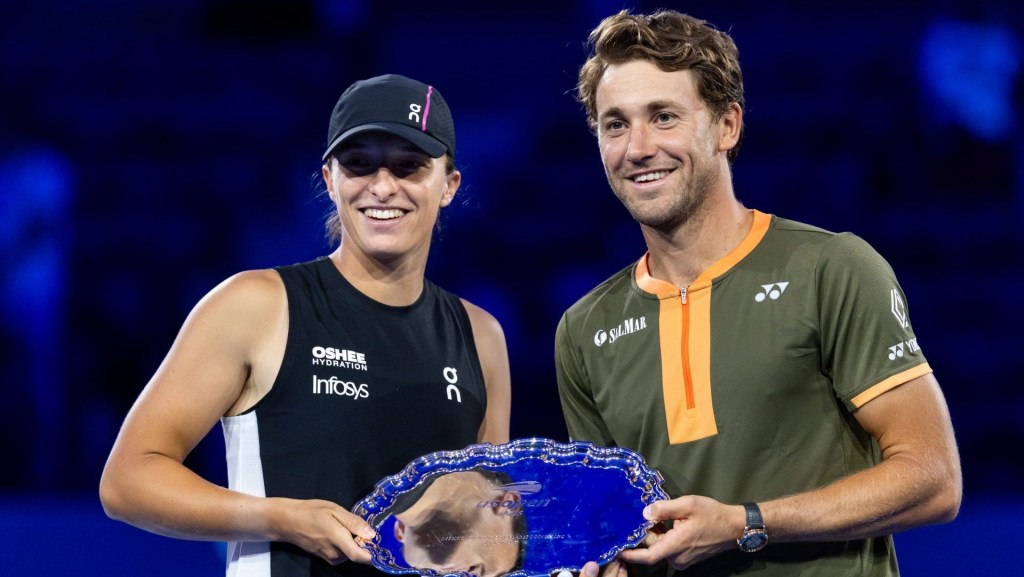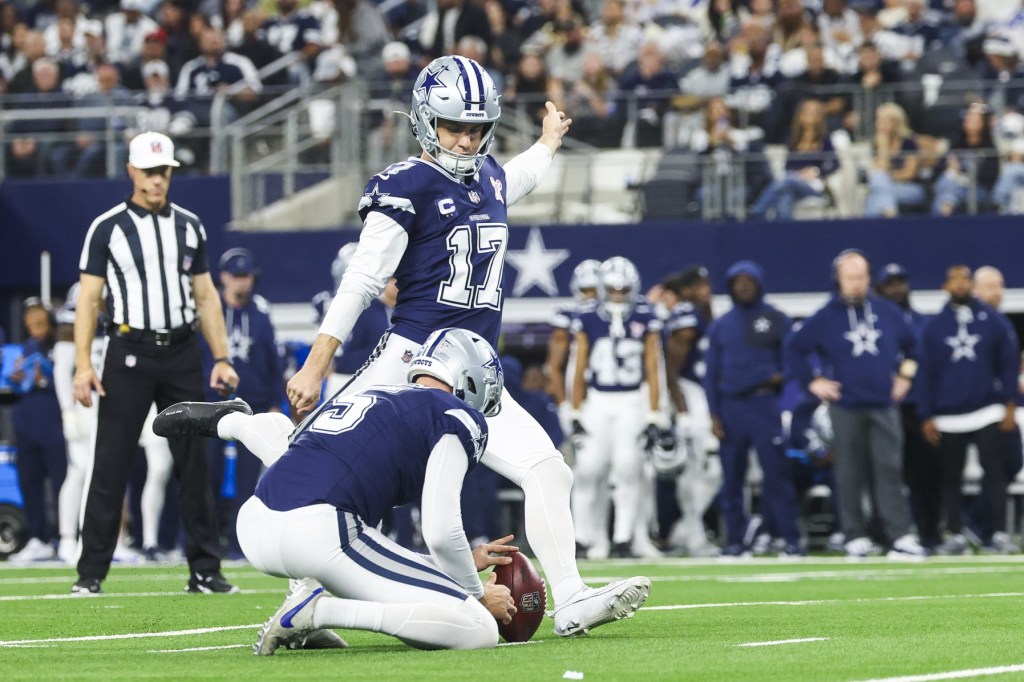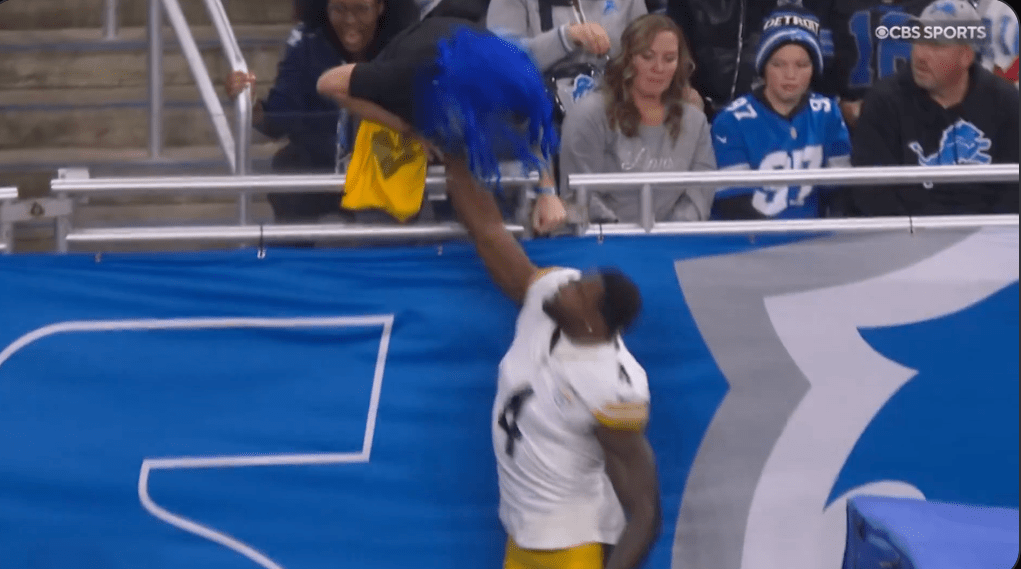The most-anticipated WNBA season in the league’s 27-year existence begins Tuesday night with four matchups across the country, highlighted by the regular-season debut of former Iowa sensation Caitlin Clark (above) as the Indiana Fever visit the Connecticut Sun at 7:30 p.m. ET on ESPN2. Mainstream interest in Clark is putting an even bigger spotlight on the WNBA as it continues to grow and capitalize on the overall momentum of women’s sports.
Since last fall’s WNBA Finals, which saw the Las Vegas Aces win their second-straight title, the league has taken significant steps and experienced some profound changes.
- Charter flights: This month, WNBA commissioner Cathy Engelbert announced the league would launch a full-time charter program as soon as possible, at an estimated cost of $25 million annually over the next two years.
- Expansion: An ownership group in Toronto appears set to soon be awarded the WNBA’s 14th team, to enter the league in 2026. Next season, a Bay Area franchise will become the 13th club. Engelbert has said she would like to see the WNBA expand to as many as 16 franchises this decade. For context, that’s still about half the amount of teams as their male counterparts in other pro leagues, including the NFL (32), NHL (32), MLB (30), NBA (30), and MLS (29). The NWSL currently has 14 teams.
- Viewership: Last month, ESPN’s coverage of the draft averaged 2.45 million viewers—the largest TV audience for any WNBA telecast since 2000. Meanwhile, demand for more broadcasts of preseason games has taken the league by surprise and led to some highly viewed illegal game streams.
- Star power: After being selected with the No. 1 pick, the rush for Clark’s Fever jersey set off a firestorm. At NBA All-Star weekend, New York Liberty guard Sabrina Ionescu put on a show while battling Golden State Warriors phenom Steph Curry in a three-point contest.
Next Up: New Media-Rights Deals
The WNBA’s current broadcast partners are Amazon, CBS Sports, Disney, and Scripps Sports. Amazon and CBS recently extended their deals, and Disney is in negotiations with its deal expiring in 2025. Engelbert has said the WNBA’s goal is to double its rights fee intake, which currently stands at roughly $60 million annually. Disney’s current deal is tied to its NBA contract, and a new deal with both leagues could have a similar structure.
Meanwhile, the Fever are becoming the WNBA’s media darlings, as more teams begin to truly capitalize on the power of their local broadcast rights.

